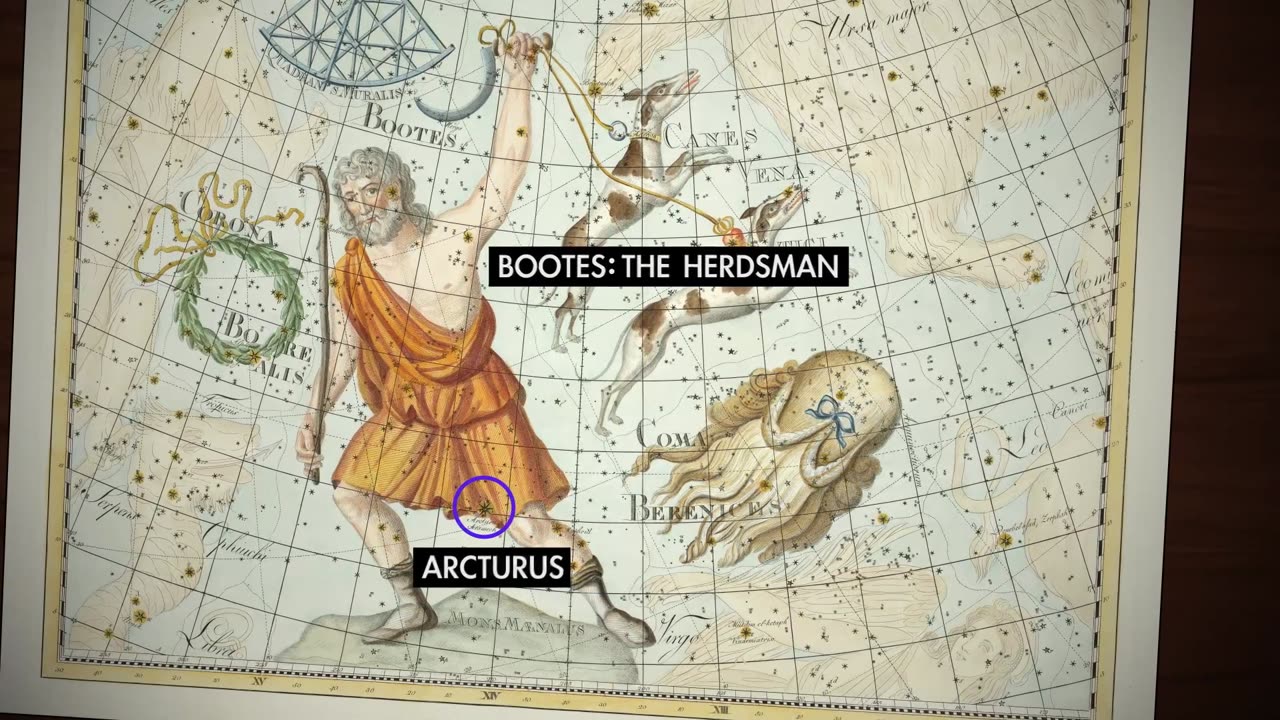Premium Only Content

What’s Up: June 2023 Skywatching Tips from NASA
Mars and Venus, Summer Stars, and the June Solstice!
The planets of war and love draw nearer each night, as the bright stars of Northern Hemisphere summer rise. And note the June solstice on the 21st.
Monthly Highlights
June 1-2 – Mars is in the Beehive Cluster (M44). Look for the Red Planet in the west after dark, where binoculars or a small telescope will reveal a backdrop of glittering stars in this open star cluster.
June 3 – Full moon
June 18 – New moon
June 21 – The crescent Moon makes a lovely grouping with Venus and Mars tonight. Find them in the west following sunset.
June 21 – June Solstice. For the north, it's the longest day of the year, as the Sun traces its highest, longest path across the sky. The situation is reversed in the Southern Hemisphere, where it's the shortest day of the year, during the cool months of winter.
All month – Mars and Venus draw nearer each evening in the western sky following sunset. The pair will appear a bit lower in the sky each night.
All month – Saturn leads Jupiter into the new day. The Ringed Planet rises around midnight, with Jupiter trailing behind a couple of hours later.
All month – The two bright stars high overhead in the first few hours after dark are Spica and Arcturus (for Northern Hemisphere skywatchers).
Southern Hemisphere observers will find bright stars Alpha Centauri and Hadar, along with the stars of constellation Crux, in their south-facing view.
All month – Notice the stars of the Summer Triangle – Vega, Deneb, and Altair – rising in the east in the couple of hours after dark. They rise earlier each month throughout the summer.
TRANSCRIPT
What's Up for June? Planets buzz the Beehive, your bright evening stars, and how the Summer Solstice revealed the size of planet Earth.
On June 1st and 2nd, Mars will be in the Beehive. The Red Planet passes through the Beehive Cluster, also known as Praesepe or M44. It's a well-known open cluster of stars located around 600 light years away in the constellation Cancer, the crab. The pairing will make for great viewing through binoculars or a small telescope, with a sparkle of faint stars surrounding the rust-colored disk of Mars.
-
 LIVE
LIVE
LFA TV
15 hours agoLET'S KASH IN! | LIVE FROM AMERICA 2.19.25 11AM
5,108 watching -
 LIVE
LIVE
Caleb Hammer
1 hour agoChildish Couple Won’t Stop Cheating On Each Other | Financial Audit
241 watching -
 23:18
23:18
Crowder Bits
4 hours agoDebunked: John Oliver's Outrageous Lies About Trump 2.0
27.8K23 -
 2:16:08
2:16:08
Matt Kohrs
12 hours agoMarket Open: Key Options Levels & Breaking News || The MK Show
32.9K1 -
 42:49
42:49
BonginoReport
5 hours agoBlasphemy: Hollywood Casts Queer Female Jesus (Ep.143) - 02/19/2025
93.5K162 -
 2:59:05
2:59:05
Wendy Bell Radio
7 hours agoGETTING IT DONE
63.7K40 -
 1:29:17
1:29:17
Graham Allen
4 hours agoPete Hegseth Is Going After BIDEN for Afghan Withdrawal!! + Trump EXPOSES Insane Spending!!
52.2K55 -
 1:30:58
1:30:58
Game On!
17 hours ago $4.81 earnedNFL EXPERTS PREDICT 2025's FIRST ROUND PICKS!
52.9K -
![TRUMP: Ukraine War With Russia Could Start World War 3 [EP 4444-8AM]](https://1a-1791.com/video/fwe1/e3/s8/1/A/I/6/2/AI62x.0kob-small-TRUMP-Ukraine-War-With-Russ.jpg) 4:08:03
4:08:03
The Pete Santilli Show
1 day agoTRUMP: Ukraine War With Russia Could Start World War 3 [EP 4444-8AM]
40.6K5 -
 1:29:11
1:29:11
Jeff Ahern
3 hours ago $1.91 earnedNever Woke Wednesday with Jeff Ahern (6am Pacific)
30.9K